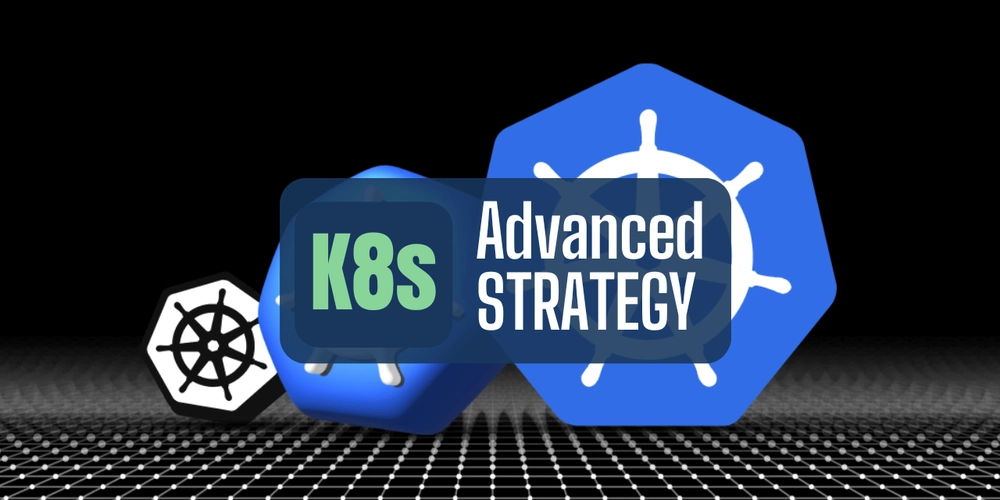Leading Digital Transformation with Cloud Technologies
Google Cloud Certified Foundational Digital Leader plays a vital role in driving digital transformation by leveraging cloud computing capabilities. As organizations embrace the cloud to enhance agility, efficiency, and innovation, having a strong understanding of cloud strategies is essential for business leaders and IT professionals. Key Aspects of Digital Leadership in the Cloud Era 1. Cloud-Driven Business Innovation Cloud computing enables businesses to scale rapidly, adopt new technologies, and enhance customer experiences. Digital leaders must harness the power of cloud solutions to foster innovation and maintain a competitive edge. 2. Strategic Cloud Adoption Migrating to the cloud requires a well-defined strategy. Organizations must evaluate their business objectives, choose the right cloud services, and implement best practices to optimize cloud adoption and management. 3. Data-Driven Decision-Making Cloud platforms offer powerful analytics and AI-driven insights that help leaders make informed decisions. Leveraging data effectively enhances business intelligence and supports long-term growth strategies. 4. Security and Compliance in the Cloud Ensuring cloud security and regulatory compliance is a top priority for digital leaders. Implementing robust security frameworks, identity management, and encryption strategies helps protect business assets in the cloud. 5. Building a Cloud-Ready Workforce Successful digital transformation depends on skilled professionals who understand cloud technologies. Organizations should invest in cloud training and upskilling initiatives to empower their workforce for the future. Best Practices for Digital Leaders in the Cloud Age Align Cloud Strategies with Business Goals: Ensure cloud adoption aligns with organizational objectives to maximize value. Encourage Innovation and Agility: Leverage cloud-native tools to drive innovation and accelerate digital transformation. Foster a Culture of Continuous Learning: Stay updated with evolving cloud technologies and trends. Optimize Cost and Performance: Implement cost-effective cloud solutions while maintaining high performance and security. Drive Collaboration and Digital Efficiency: Utilize cloud-based collaboration tools to enhance productivity and teamwork. Final Thoughts Becoming a digital leader in today’s cloud-driven world requires a deep understanding of cloud technologies and their impact on business strategy. By embracing cloud solutions and fostering innovation, organizations can achieve digital transformation and drive sustainable growth.

Google Cloud Certified Foundational Digital Leader plays a vital role in driving digital transformation by leveraging cloud computing capabilities. As organizations embrace the cloud to enhance agility, efficiency, and innovation, having a strong understanding of cloud strategies is essential for business leaders and IT professionals.
Key Aspects of Digital Leadership in the Cloud Era
1. Cloud-Driven Business Innovation
Cloud computing enables businesses to scale rapidly, adopt new technologies, and enhance customer experiences. Digital leaders must harness the power of cloud solutions to foster innovation and maintain a competitive edge.
2. Strategic Cloud Adoption
Migrating to the cloud requires a well-defined strategy. Organizations must evaluate their business objectives, choose the right cloud services, and implement best practices to optimize cloud adoption and management.
3. Data-Driven Decision-Making
Cloud platforms offer powerful analytics and AI-driven insights that help leaders make informed decisions. Leveraging data effectively enhances business intelligence and supports long-term growth strategies.
4. Security and Compliance in the Cloud
Ensuring cloud security and regulatory compliance is a top priority for digital leaders. Implementing robust security frameworks, identity management, and encryption strategies helps protect business assets in the cloud.
5. Building a Cloud-Ready Workforce
Successful digital transformation depends on skilled professionals who understand cloud technologies. Organizations should invest in cloud training and upskilling initiatives to empower their workforce for the future.
Best Practices for Digital Leaders in the Cloud Age
Align Cloud Strategies with Business Goals: Ensure cloud adoption aligns with organizational objectives to maximize value.
Encourage Innovation and Agility: Leverage cloud-native tools to drive innovation and accelerate digital transformation.
Foster a Culture of Continuous Learning: Stay updated with evolving cloud technologies and trends.
Optimize Cost and Performance: Implement cost-effective cloud solutions while maintaining high performance and security.
Drive Collaboration and Digital Efficiency: Utilize cloud-based collaboration tools to enhance productivity and teamwork.
Final Thoughts
Becoming a digital leader in today’s cloud-driven world requires a deep understanding of cloud technologies and their impact on business strategy. By embracing cloud solutions and fostering innovation, organizations can achieve digital transformation and drive sustainable growth.










































































































































































![[The AI Show Episode 142]: ChatGPT’s New Image Generator, Studio Ghibli Craze and Backlash, Gemini 2.5, OpenAI Academy, 4o Updates, Vibe Marketing & xAI Acquires X](https://www.marketingaiinstitute.com/hubfs/ep%20142%20cover.png)



























































































































![[FREE EBOOKS] The Kubernetes Bible, The Ultimate Linux Shell Scripting Guide & Four More Best Selling Titles](https://www.javacodegeeks.com/wp-content/uploads/2012/12/jcg-logo.jpg)



![From drop-out to software architect with Jason Lengstorf [Podcast #167]](https://cdn.hashnode.com/res/hashnode/image/upload/v1743796461357/f3d19cd7-e6f5-4d7c-8bfc-eb974bc8da68.png?#)






































































































.png?#)




.jpg?#)
































_Christophe_Coat_Alamy.jpg?#)







































































































![Rapidus in Talks With Apple as It Accelerates Toward 2nm Chip Production [Report]](https://www.iclarified.com/images/news/96937/96937/96937-640.jpg)









































































































































